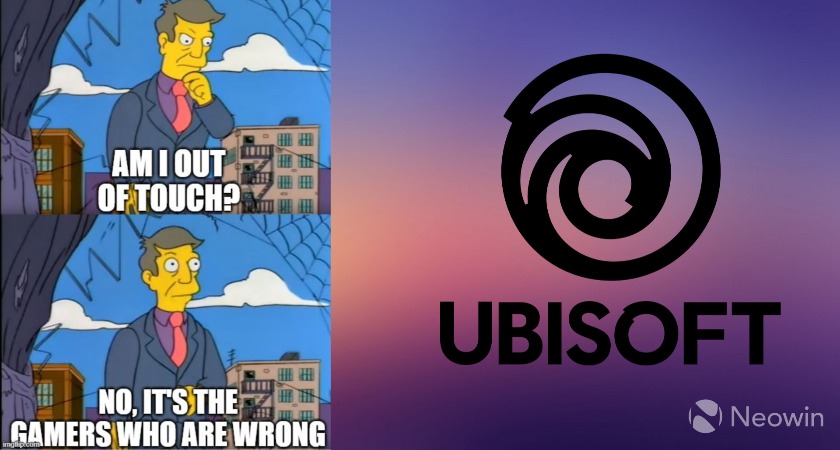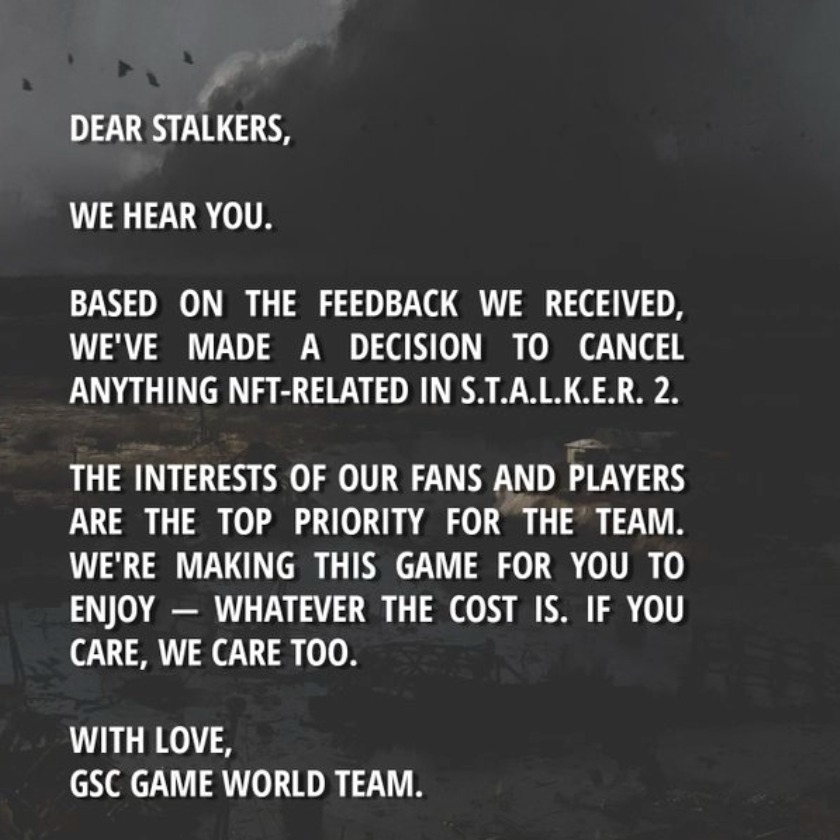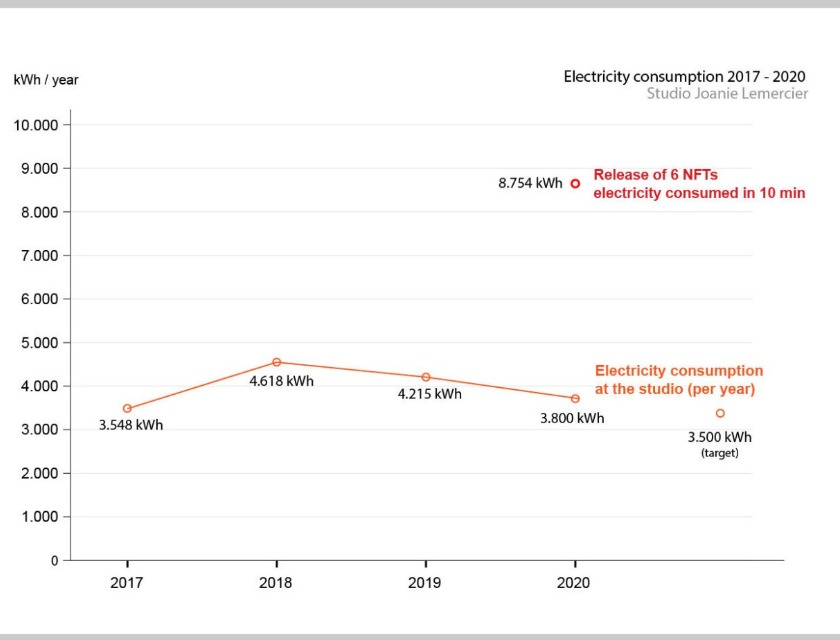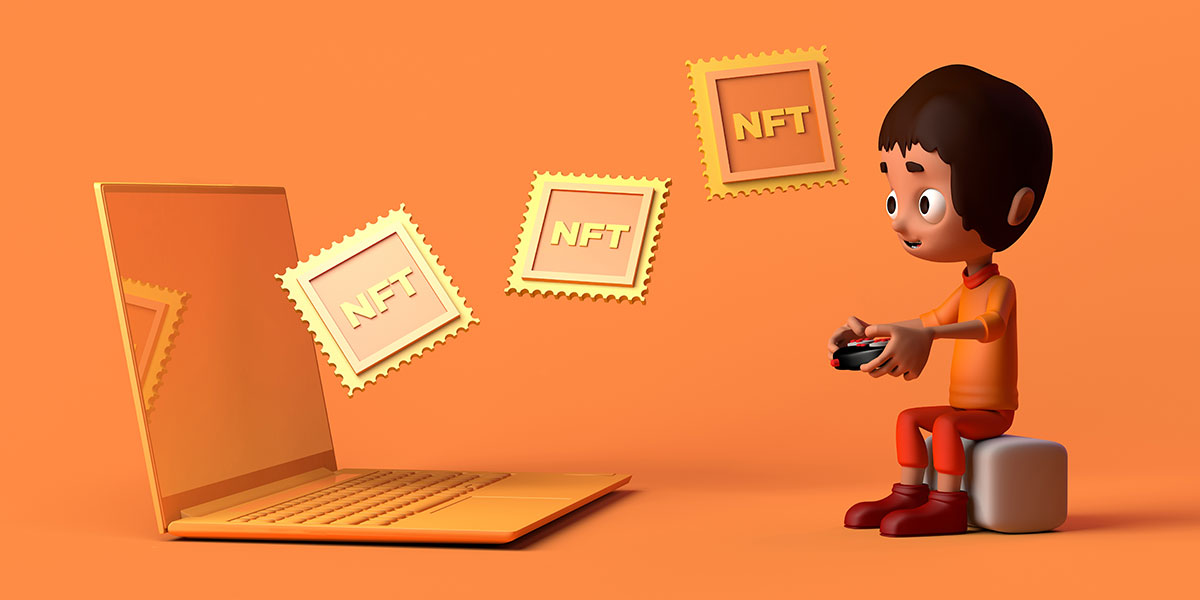At the D.I.C.E. Summit in Las Vegas earlier this month, Avenger: Endgame director Joe Russo told Epic Game CCO Donald Mustard, “NFTs I have a harder time understanding only because I haven’t seen the quality of work yet that I go – Oh if I buy that JPEG and the market crashes and I’m stuck with a $50,000 JPEG – am I really happy about that?” Other speakers compared non-fungible tokens to “the beginning of free-to-play mobile games, which introduced many controversial mechanics that can still today occasionally be contentious subjects.” Then again, NFTs are changing the way people interact with one another and the way we think about digital goods. But what does NFT mean for gaming?
Many believe that this technology trend will change how games are played by providing players with ownership of their in-game assets. Others fear that these tokens will lead to increased gaming addiction due to their tradability. Below, we explore the different benefits, downsides, and opinions on NFTs in gaming and why it matters to you.
NFT, NFT everywhere. Increasing popularity and controversy
NFTs are being used in the gaming industry to represent game assets that have value, such as in-game items and collectibles. With the apparent success of many early NFTs and Metaverse vigorously promoting the concept, both big and small gaming companies are joining the bandwagon. Here are a few recent instances that highlight the love-hate relationship of stakeholders with NFTs in gaming.
1. In December 2021, Ubisoft jumped into the NFT game with its Quartz initiative, a new platform for players to get Digits, the first NFTs playable in AAA games. However, this move is now being criticized not only by gamers but the company’s employees as well. Why so? Game developers and fans feel “NFTs are full of scams and make games feel less fun and more like jobs.”

Source: Neowin
2. In early February 2022, Axie Infinity, a blockchain-based online game from Vietnamese software studio Sky Mavis, surpassed USD 4 Bn in all-time NFT sales. It’s now the third-largest platform in terms of all-time sales. Although this surge was evident, investors voiced concerns when the gaming company announced that its network would be transferred from Ethereum to its sidechain, Ronin. Why? This transfer would lead the Axie team to gain full control over the data in the chain, making the whole system more centralized. This is fundamentally against the aim of blockchain to boost decentralization.

3. Electronic Arts is generally one of the top targets for gamers who are tired of AAA excess and profiteering. Initially, EA CEO Andrew Wilson called NFTs “the future of our industry.” Later on, the company turned a 180 on the concept, telling investors that “this is not something we’re driving hard on.” Furthermore, GSC Game World reversed its position on NFTs based on the community feedback, apologizing for and abandoning “anything NFT-related” in their project.

Source: GSC Game World Twitter
What do NFTs have to offer to the gaming community?
NFTs are changing the world of online gaming, providing them with a revenue model that allows players to resell purchased assets, creating high-value games in the marketplace. Just as NFTs in the form of digital art can be traded on online marketplaces, NFTs can also be bought and sold on online marketplaces as video game assets.
1. NFTs can change how games are played by providing players with ownership of their in-game assets. This can lead to increased engagement and a significant reduction in game piracy.
2. NFTs have the potential to boost player retention rates and reduce piracy rates, which means more players for developers and publishers.
3. NFTs also allow gamers to invest in games that interest them most, allowing them to trade tokens for items or gear within these games.
4. According to a World Economic Forum analysis, venture capital funds investing in blockchain-based firms and solutions are expected to invest more than USD 52 Bn between 2021 and 2022. NFTs provide game developers and owners the ability to attract venture capital.
Read more: Welcome to Extended Reality, the next frontier in the entertainment industry
Downsides of NFTs in gaming
1. The tradability of NFTs can lead to an increase in gaming addiction. When an item has value on an exchange, people might play games longer than they normally would because they can use their items as a form of payment. This can foster an unhealthy relationship with gaming and result in an addiction.
2. Another downside is that developers may lose control over what players do with in-game assets once they leave the game. For example, if you buy a sword in one game and then go to trade it for another item in another game, developers will have no say over what you do with that sword outside of the original game. Developers who create quality content for players who intend to sell or trade these items outside of the game may be adversely affected by this lack of control. It also limits players’ freedom to do what they want with the things they purchase in-game and restricts them from using their purchases outside of the game itself.

3. Like blockchain technology in general, NFTs in gaming are potentially harmful to the environment because of the energy required to create, transfer, and track them. A single NFT can generate more CO2 than driving for 500 miles, and every subsequent transfer of the NFT would generate incremental emissions.

Source: Studio Joanie Lemercier
4. NFTs may make achieving a player-focused design much more difficult. If a studio plans to make different kinds of games or experiment with genres, NFTs and permanent ownership of items make it much harder to do so due to player expectations.
Conclusion
NFTs in gaming open up a whole new world of creative game design, but it also means gamers will have to choose between unique assets or fungible ones. There are opportunities here for game developers, but it remains to be seen how they will integrate NFTs into video games in a way that resonates with gamers and gains momentum in the industry.
Furthermore, due to the maniacal nature of NFT, a large number of developers may be tempted to join the bandwagon and release their own blockchain game. On an upside, giving companies like EA the ability to play with alternative monetization schemes like the mundane Memorial NFTs could lead to something like the Unity game engine making blockchain compatibility readily available to indie developers.
NFTs are here to stay, so understanding them inside out is a logical next step for any game studio, individual developer, or gamer. If you want to stay prepared for the next wave of technology requirements and the business landscape, get in touch with us.






